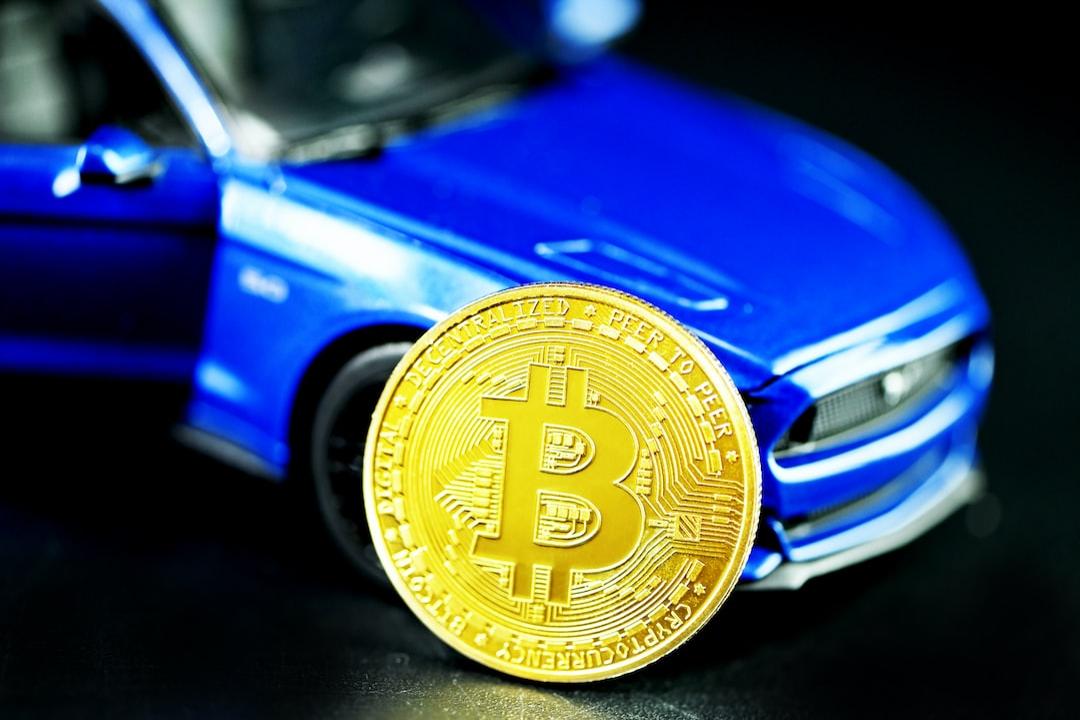Huobi Exchange (HTX) has officially listed the mobile mining project Pi Network for trading on December 29, 2022, marking the one-year anniversary of Pi Network. The initial price of Pi Coin (Pi) on Huobi was $0.01, and within half an hour, it surged to nearly $62 and continued to break records, reaching a peak of $345, a 30,000-fold increase.
However, after a year, how is the price of Pi Coin performing? Is the ecosystem continuing to develop? Let’s take a closer look.
First, in terms of price, Pi has been fluctuating between $30 and $35 for the past three months. At the time of writing, the price is $30.8, which is relatively flat compared to the booming cryptocurrency market. The trading volume in the past 24 hours is only 39,000 USDT, indicating shallow market depth.
Common Questions about Huobi Listing Pi Coin
After Pi Coin was listed on Huobi, it skyrocketed by over a hundred times in one day. Why do some people say it is trading hot air?
Currently, the main way for investors to obtain Pi Coin is through mobile mining. However, Huobi has not yet opened Pi Coin deposits and withdrawals, which means no one can transfer their Pi Coins to the exchange for sale. The tokens bought by users are not spot trades per se but more like “futures” without a delivery date. Some people with intentions can easily manipulate the price with small capital.
Pi Network has also issued a statement that they have not authorized any exchange to list Pi Coin. Their official website clearly states that all pre-sale activities of Pi Coin are unauthorized and illegal, warning users not to purchase tokens from third parties, otherwise they bear the consequences. Therefore, some people claim that trading Pi Coin on Huobi is essentially trading hot air and has no real value.
Has Pi Network Launched Its Mainnet?
Pi Network was launched in March 2019. Originally, in December 2021, the official announcement stated that they were preparing for the launch of the mainnet, which would be divided into two stages:
The first stage is a closed mainnet with a firewall (already launched in the middle of this year), which temporarily supports basic operations such as accessing the Pi wallet and Pi browser.
The second stage is an open mainnet, which is expected to launch in March or June 2022.
However, after two years, there is still no definite news about the launch of Pi Network’s mainnet, and the official has not publicly released related source code.
What is Pi Coin?
Pi Coin aims to create a low-threshold, low-cost cryptocurrency network where users can continuously earn tokens by downloading the official app and engaging in daily interactions. According to data from Google Play, the app has accumulated over 50 million downloads.
Unlike traditional Bitcoin mining, Pi Network does not have the basic “verification” process. Instead, it is more like developing an app where users can receive tokens for free by logging in and interacting daily. Currently, the rewards received do not actually exist on the blockchain but are stored in the client-side of the mobile phone.
In simple terms, the current Pi Coin application is still a centralized product. The so-called Pi Coin transactions (which can be conducted between users through KYC) only involve transferring records and interacting with centralized servers, with almost no fundamental difference from traditional internet operations.
Although participation in the project currently does not require a large investment, investors still need to be cautious about the potential risks of real-name information leakage and the embedding of malicious viruses in the app.
Community-Driven Application Scenarios
Although there are still many controversies surrounding Pi Coin, it cannot be denied that many users are indeed mining Pi Coin, and the extensive community has connected with many businesses in Taiwan (across various sectors such as food, clothing, housing, and transportation) that accept Pi Coin for full or partial transactions, creating practical application scenarios.
When will Pi Coin launch its mainnet? How will the ecosystem continue to develop? These questions await further verification with time.


